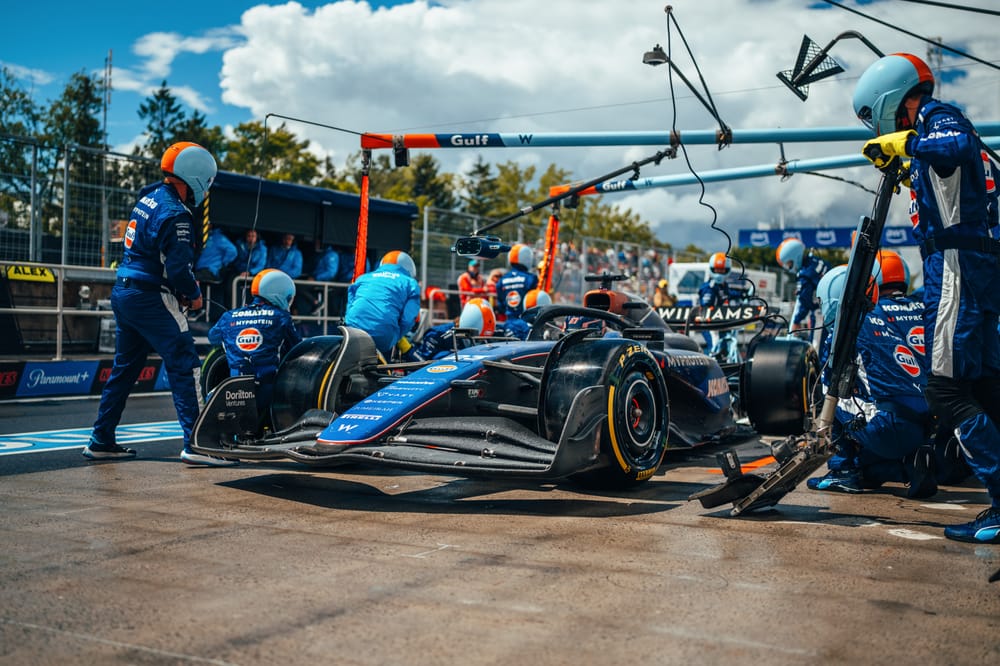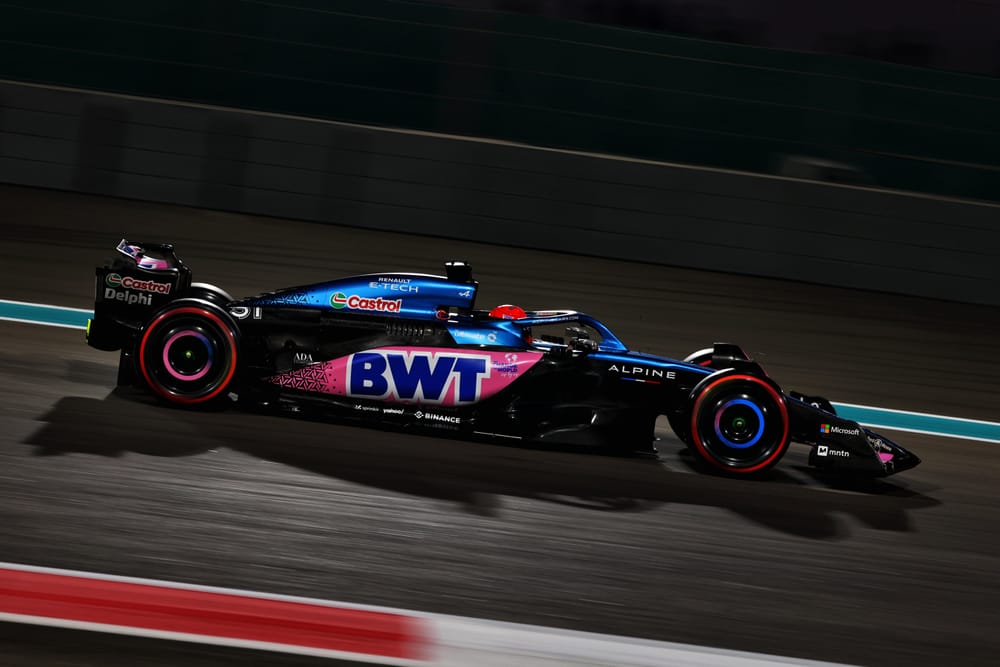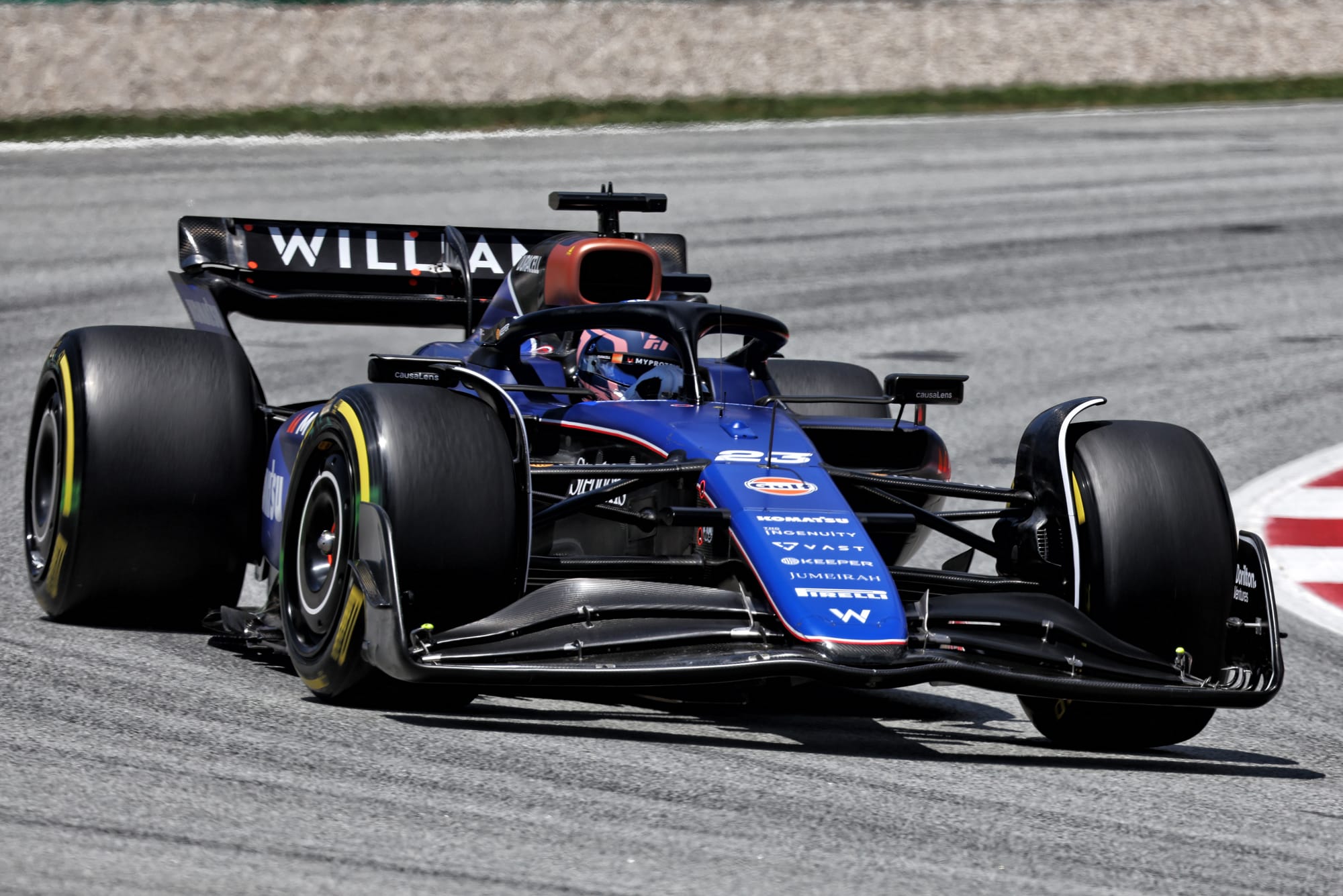Up Next

Williams signing six new technical leaders and what team principal James Vowles has told The Race is a further 26 recruits “in addition to that” is both the clearest statement of intent yet of how serious it is about climbing the Formula 1 grid and a reminder that development of the team away from the circuit is the key to achieving its objectives.
The highest-profile of the new arrivals, which Williams proudly touts as having a combined total of 25 world championships between them, is ex-Alpine technical director Matt Harman. He will take up the role of design director in September. That’s as part of a reshuffle that moves David Worner, who previously held the design director title and has been technical director on an interim basis, into the position of engineering director.
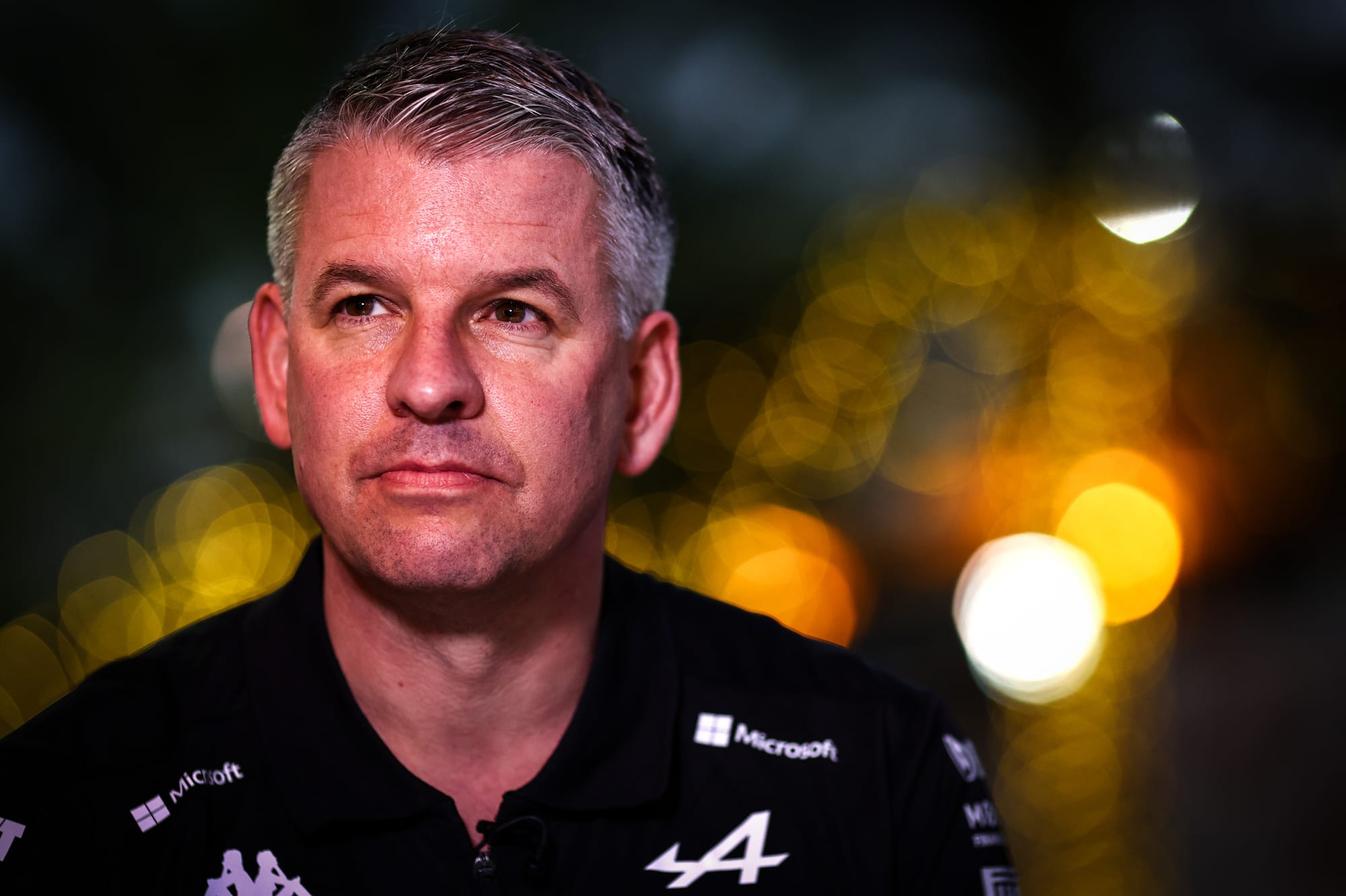
Harman’s appointment might come as a surprise to some given he tendered his resignation shortly before the season started when the depth of Alpine’s troubles was exposed. That followed the shock of Alpine failing the lateral load test, which led to significant weight being added to the monocoques to strengthen them and ensure they were raceable in the early stages of the season.
Harman clearly oversaw that failure, but the process exposed shortcomings in terms of modelling the behaviour of its monocoque design under load. His departure therefore can be interpreted as frustration at not having the investment and tools required at his disposal, just as easily as it could be a consequence of his own failure. Williams tends towards the former interpretation.
“I personally think it never comes down to one individual,” Vowles tells the Race. “I have a little bit of awareness of what happened, and it’s unfortunate, but it’s not one individual’s job that it comes down to. The converse to it is you could pin Matt up as the one that had a car that was finishing fourth in the championship [in 2022]. So you can go and choose which one of those two you think I believe in!
“But hopefully one of my strengths is I employ people who have the right behaviours, the right characteristics, the right thought processes, the right approach. Matt has all of those.”
On top of Vowles’s knowledge of Harman, Pat Fry worked closely with him at Alpine and will understand what really went wrong there. But Vowles’s experience was more vital to this recruitment.
Harman first came into F1 with Ilmor in 2000, the company that became Mercedes-Benz High Performance Powertrains in 2005. He worked on the hurried installation of the Mercedes V8 in the back of the Brawn ahead of the 2009 season, working with Vowles through the team’s evolution into Mercedes before leaving in the Autumn of 2018 to join Alpine.
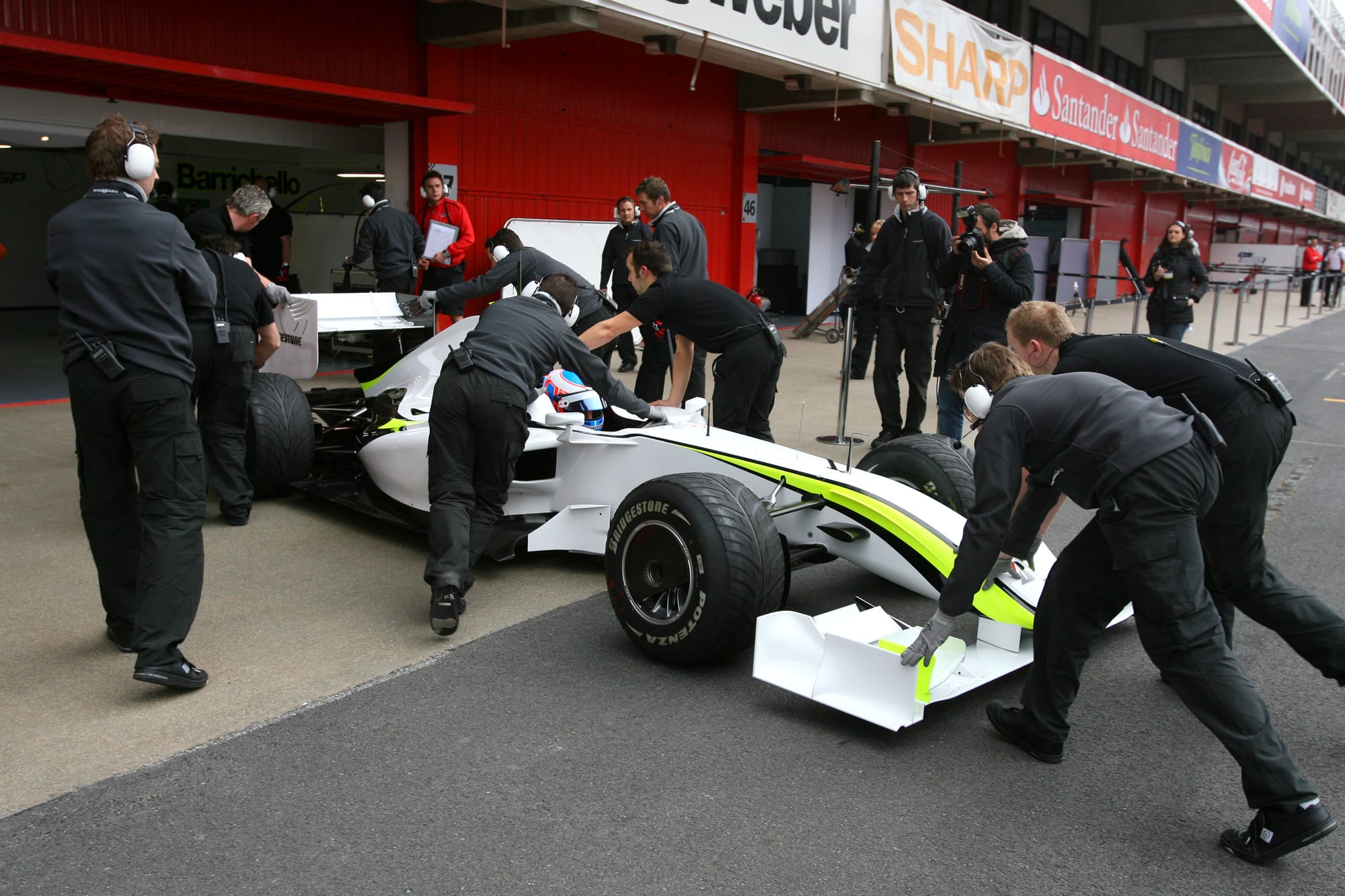
“Matt is brilliant,” Vowles told The Race. “He’s coming here to sort the design office out, a role he’s going to be very suited in doing.
“He’s very good at getting designers to fundamentally make sure we adhere to a plan and to a cost in the cost cap world and design to a high level of quality. So that’s where he comes in.”
That brief is significant. Harman is not joining as technical director - Fry is now acting TD - and that’s very deliberate. Vowels has a good understanding of Harman’s skillset and wanted to deploy him with a narrower focus than as technical director in a rapidly-evolving design office that a further 13 new recruits are being added to.
“[It’s] definitely a tighter remit,” says Vowles. “And there’s a few reasons. We have a lot to do. Alpine were probably in a better state than we are, but I know Matt well enough to know what his strengths are. And this is his strength, so let’s play to it.
“He’s fortunate here because it’s a different environment but you’ll see that actually we have a breadth in this area in terms of simulation, car performance, vehicle performance, of leaders that are incredibly good. And that’s why it demands a different role here as well.”
Harman isn’t the only ex-Alpine employee heading to Williams. Of the 26 ‘rank and file’ arrivals, Williams describes 10 of them as coming from Alpine, with four arriving from Red Bull and “several” from Mercedes and Ferrari.
However, this is not the consequence of Fry, who left his role as Alpine chief technical officer in 2023, cherry picking those he worked with. As a well-respected and hugely accomplished technical leader in F1, he’s described as having a ‘halo’ effect in attracting people, but all of the incomers from Alpine have also previously worked with Vowles.
“I’ve overlapped with every single one of those individuals [in F1], or in a different role,” says Vowles. “Pat’s not actively recruiting. However, Pat also has a halo effect that people want to come and join where he is at the moment. For a good reason. It’s normal that people want to move towards good leaders, away from where they are.
“It’s the same reason why, I’m fortunate, I have a few Mercedes people come to join me for the same reason, they want to be a part of the journey. But I’m sure Pat is a catalyst. I’m confident he is a catalyst, but this isn’t a direct approach.”
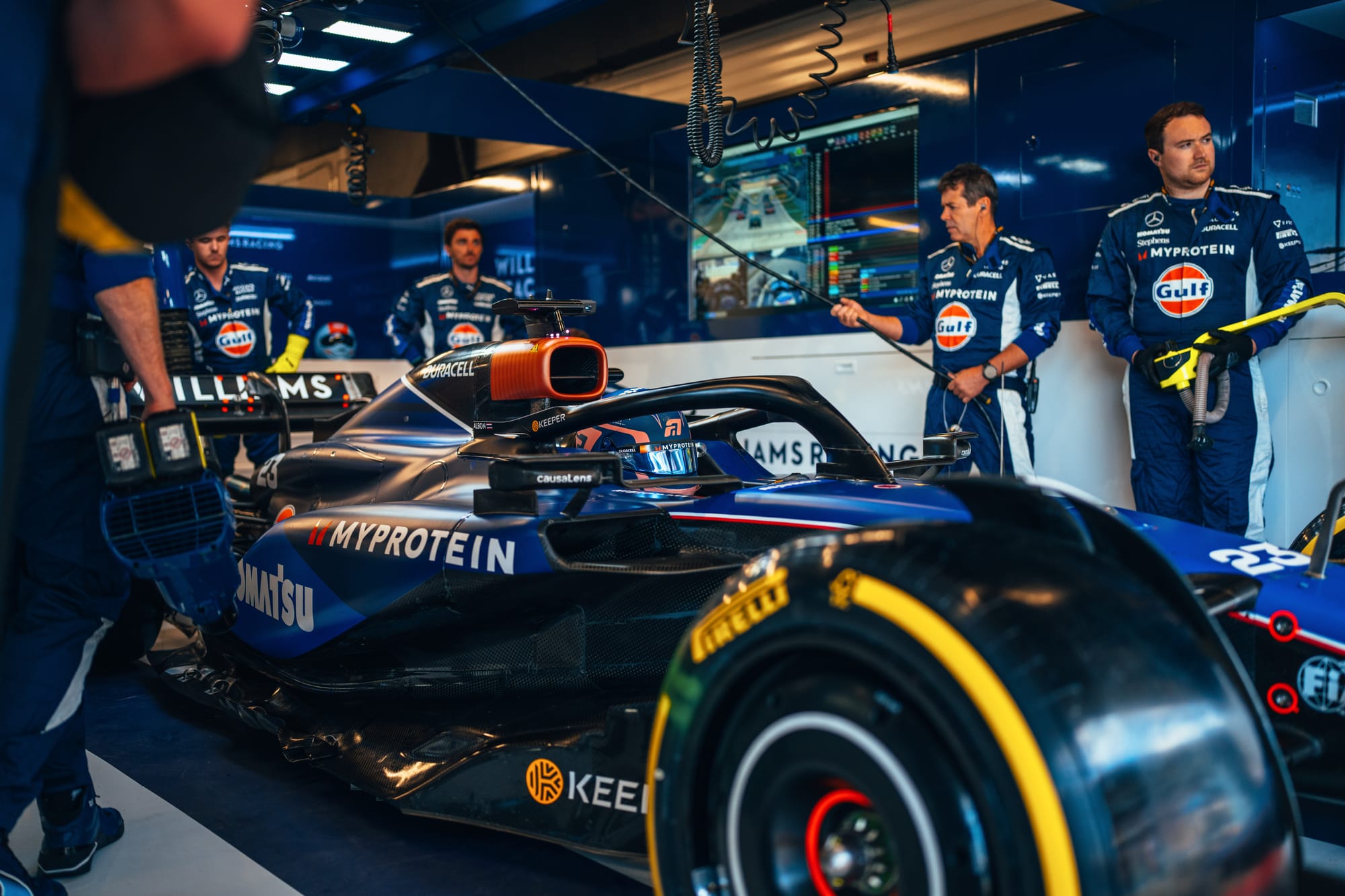
Harman may be the highest-profile recruit, but Williams has brought in some serious technical firepower both in terms of leadership and the rank and file. That includes Fabrice Moncade, who starts work as chief engineer, computing science, on July 1.
He was previously head of performance analytics at Ferrari, and has also worked for Mercedes, McLaren and Sauber.
“The way you develop modern Formula 1 cars is you need to make sure that you have sufficient understanding of how to move data around the organisation and simulate it correctly,” says Vowles. “Fabrice is one of the originators of something called DLS - dynamic LapSim - which is used by nearly all teams as far as I understand, but very much the first to create it and very, very good at what he does.
“I’ve known him since the Mercedes days where he overlapped with me briefly, but he’s also done stints at McLaren, Sauber and Ferrari. At Ferrari, he ran a group of 40 individuals focused on the simulator and simulation. You have a strength there and you have a strength within what you do performance-addition wise, and he’s absolutely right up there as the best within the organisation.”
Steve Winstanley joins as chief engineer, composites and structures. He’s a key recruit, not just because of his 22 years of experience in F1 - including the last 14 at Red Bull - but also because of Williams needing to make significant changes to allow it to hit weight targets. As Vowles says: “Structures is your powerhouse behind getting weight out of the car, and getting it delivered on time as well.”
Another recruit from Alpine is Richard Frith, who will join as head of performance systems in 2025. Another F1 veteran, with 25 years of experience, he’s also worked for Jordan, Force India, Sauber, Marussia and McLaren.
“Richard is currently doing that head of performance role in Alpine,” says Vowles. “He’s overlapped with me in Mercedes when he was there for Formula E, and overlapped at McLaren with a number of individuals.
“He’s one of the silent people not many people know about that does a brilliant job making the car faster. That’s what he’s here to do as well as. He works very well next to Matt, he works very well with Pat, he’ll work very well with Fabrice on the simulation side.”
Williams has also recruited Sorin Cheran as chief information and analytics officer. He spent 17 years at Hewlett Packard Enterprise with specialism in artificial intelligence and innovation. Williams says he will “lead a transformation of how the team acquires, stores, indexes and uses data to build a best-in-class technology operation”. That’s a key appointment given Vowles’s complaints about the lack of an enterprise resource planning (ERP) system at the team.
This meant the team was attempting to keep on top of the massive number of parts being made for a new car using a spreadsheet rather than a proper ERP system.
“I spoke openly about having Excel docs, but what you need is class-leading methods and systems for how you use data and move it across the organisation,” says Vowles. “You don’t buy in products, you develop systems to make things better.
“In 17 years I overlapped with Sorin at Mercedes when he was at HPE [Hewlett Packard], and he did some of the best projects that are still in operation today there. So that is why it was a no-brainer to bring him in the organisation as well.”
The sixth major technical leadership recruit is new chief aerodynamicist Juan Molina, who starts work on July 15. Molina was principal aerodynamicist at Haas until the end of last year having joined the team in July 2018, prior to which he spent seven years at Red Bull.
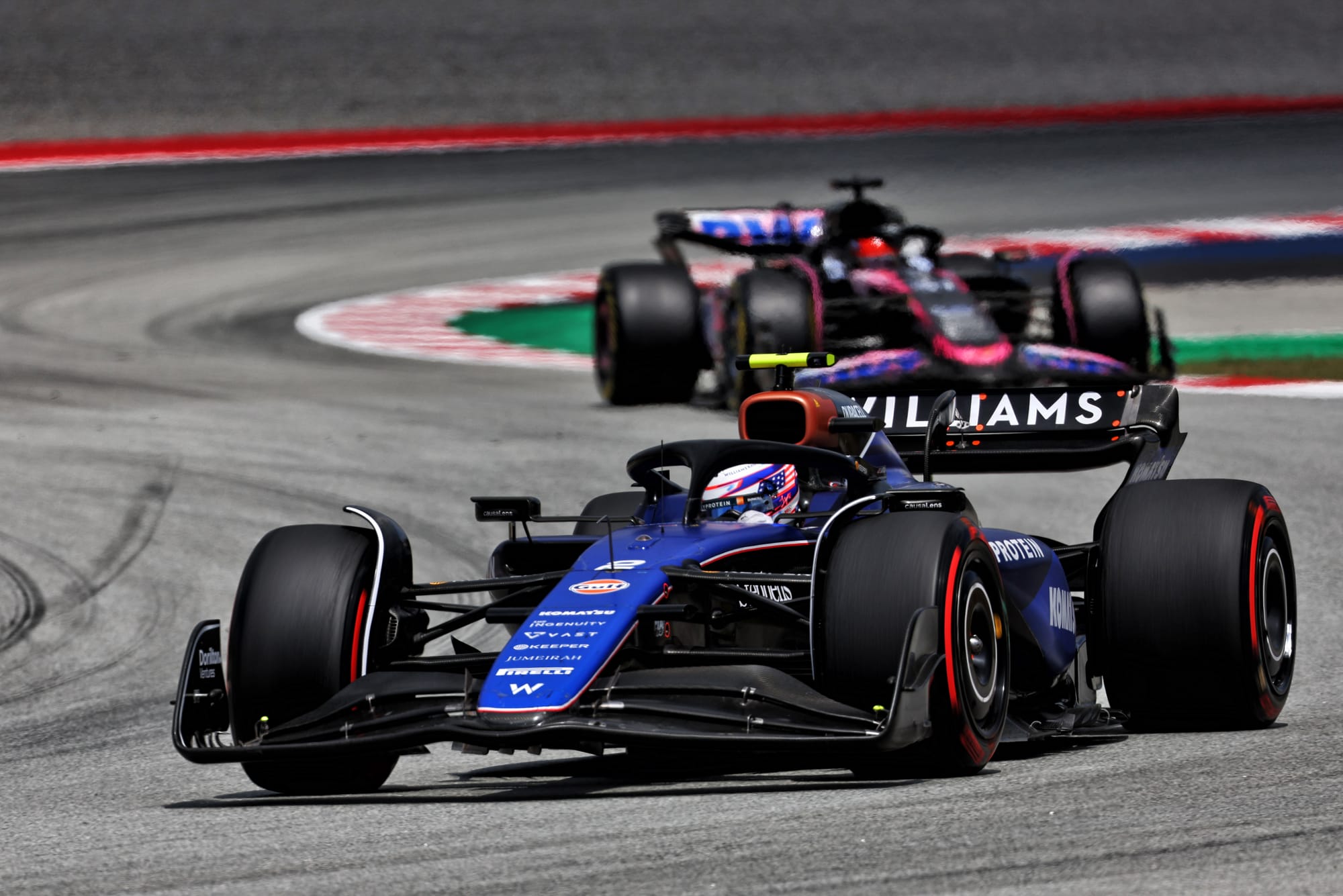
Given the Williams’s team’s long-time aerodynamics struggles, he’s also joined by a further 11 recruits to join the aero department, bolstering the effectiveness of what remains the key performance-defining department of an F1 team.
Williams hasn’t disclosed details of the other 20-something recruits. However, this influx of very capable individuals is a key part of the team’s bid to return to the front under the ownership of Dorilton Capital.
For that reason, it’s not about the onus being on any one department or individual to spearhead the turnaround. But as Vowles explains, it’s about improving in all areas: “How we operate as a design office, how we operate as an operations centre, how we bring performance to the car aerodynamically, the structures element of things.”
There’s still a long way to go for Williams, which has already expanded from around 700 to 1000 staff, but the Vowles revolution has now taken greater shape.

